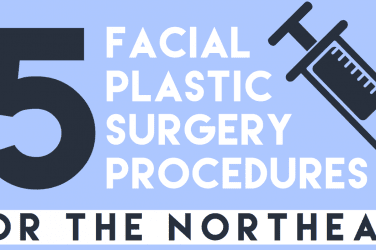Viruses and germs can never be avoided, but then again, medical facilities should be more cautious and exceptionally vigilant in controlling them. If the right measures are not taken, cross-contamination in the healthcare facility can place patients and staff in a compromising situation.
The spread of pathogens and bacteria can be particularly alarming for patients and staff with weak immune systems. This is why having the appropriate sanitation tools, scrubs, and cleaning protocols is essential to mitigate the cross-contamination threat.
So, how do you keep your medical facility cross-contamination free? Check these easy and simple tips below.
Always use the right kind of sanitation and cleaning supplies
To keep dangerous bacteria and pathogens from causing havoc to your space, you and your staff have to know how disinfecting differs from sanitizing and cleaning. Apart from that, you also need to invest in the right cleaning supplies, such as the following:
- Microfiber cloths: This kind of material performs better in cleaning germs, debris, and dirt compared to your usual cleaning paraphernalia. With clean water and commercial detergent, use your microfiber cloth for necessary surface clean-up.
- Medical-grade disinfectants: The moment you clean an item or a specific surface, you should then disinfect it. Use medical-grade disinfectants to clean all stubborn dirt and stop cross-contamination from occurring.
- Hand sanitizer: When you buy hand sanitizers for your healthcare facility, go for alcohol-based ones. They can clean your space and also help stop germs from spreading.
Aside from the right cleaning tools and supplies, remember to keep clean and soiled items separate. Follow appropriate laundry procedures for scrubs, too. These steps can help lessen cross-contamination significantly.
Practice routine area cleaning
Frequent and regular cleaning, disinfecting, and sanitizing can help in controlling bacteria and viruses before they spread. Frequently touched surfaces and items are more susceptible to contamination, so invest more time thoroughly cleaning these.
Also, invest in training your staff on necessary cleaning procedures for healthcare facilities. Give more attention to high-touch areas and surfaces like the following:
- Elevator buttons
- Telephone
- Flush handles
- Toilet seats
- Bathroom faucets
- Bedside tables
- Bed rails
- Door handles
Invest in properly managing scrubs
The 2018 healthcare-associated infection statistics released by the US National Library of Medicine National Institutes of Health revealed that approximately 1.7 million patients acquire healthcare-associated infections (HCAIs) annually. These patients contract such diseases while treated in hospitals. Among these infected patients, one in about 17 patients dies due to the contracted infection. To sum it up, almost 100,000 patients die due to HCAIs yearly.
These deaths can be avoided with the use of modern medicine and hygiene. Healthcare professionals and medical facilities now focus their efforts on managing the scrubs worn by their medical personnel.
North Carolina’s Duke University Hospital also conducted a study to understand better how the transmission triangle works in the hospital setting. The research showed that organisms were found on the nurses’ scrubs after their shift. These organisms were not there at the start of the shift. Among these were pathogens that can cause life-threatening infections.
The study recommends the need for hospitals to invest in medical uniforms that are made of thick and high-quality fabric. This fabric can help lessen the direct contact of these harmful pathogens with the wearer’s skin. Through this simple change in managing and using medical uniforms, they can slowly but surely eliminate the risk of contracting HCAIs.
It takes a conscious effort on the part of the healthcare facility and medical practitioners to help combat these lethal kinds of infections. Also, with the right tools, protocols, and knowledge, this effort to free hospitals from cross-contaminations can translate to an effort to save lives and build a cleaner and safer hospital environment for patients, staff, and medical practitioners.







